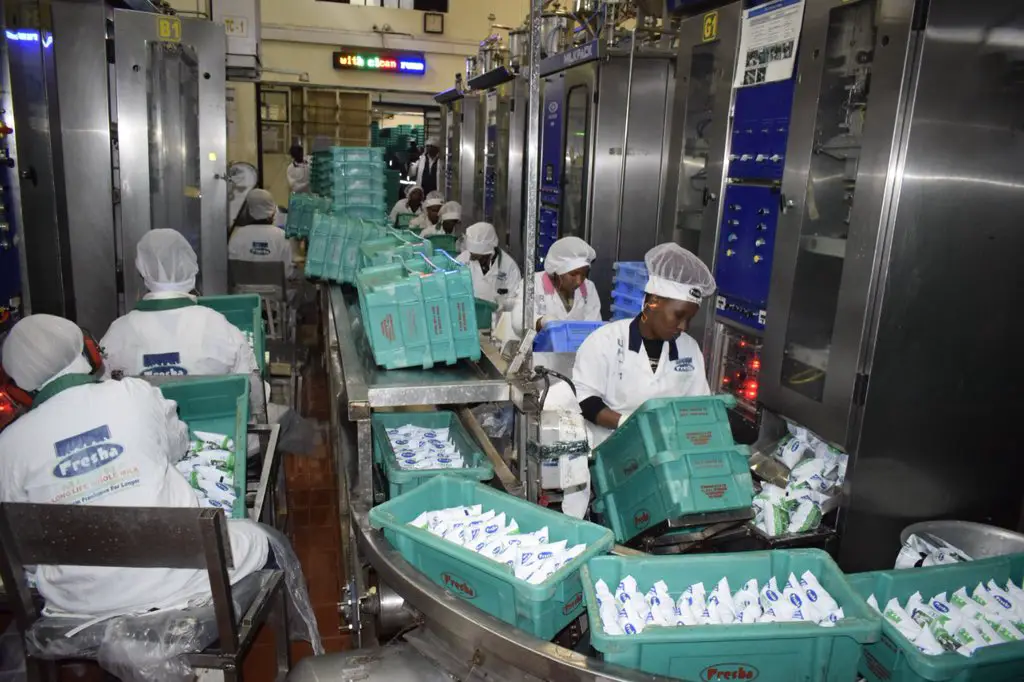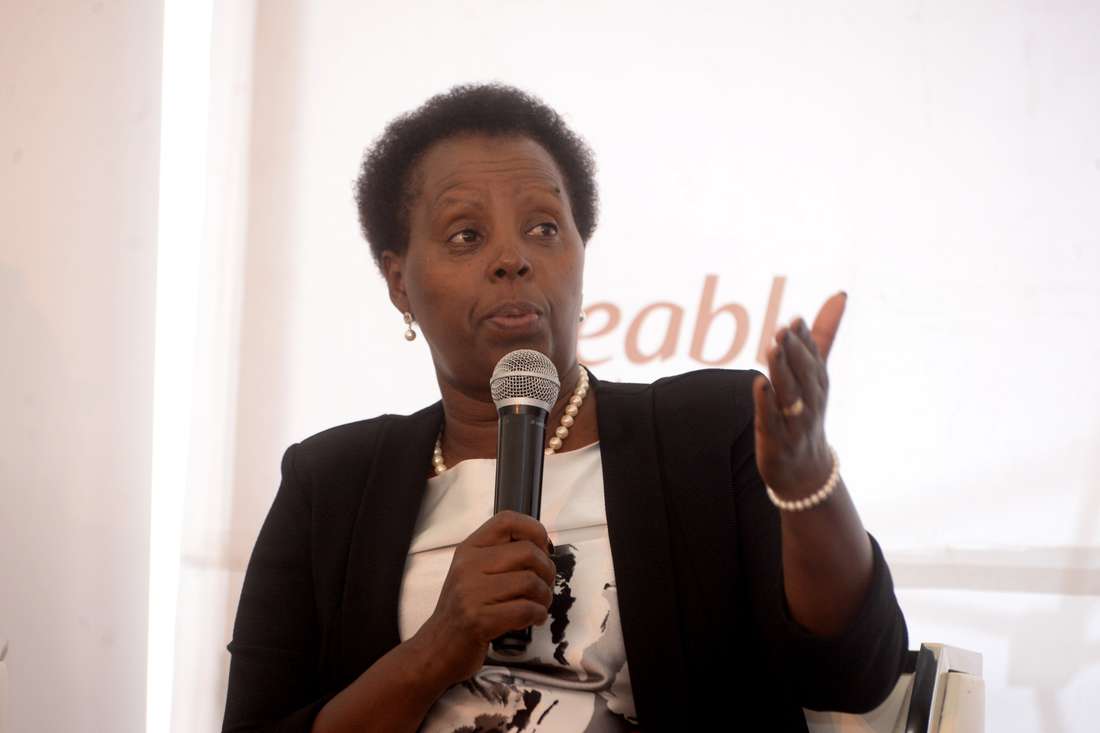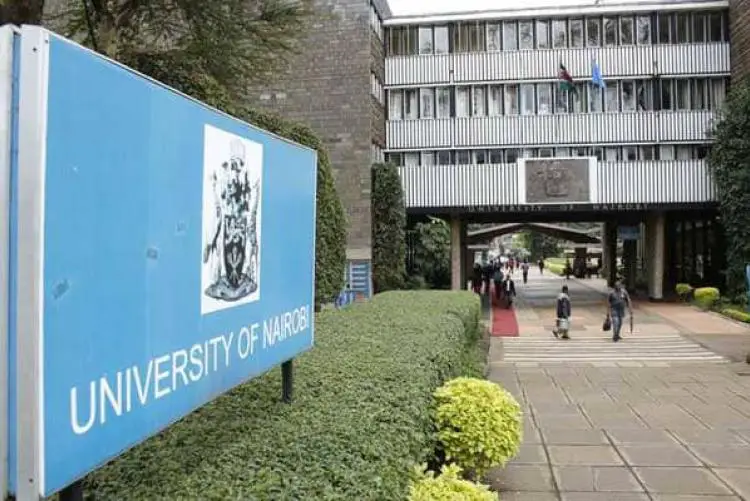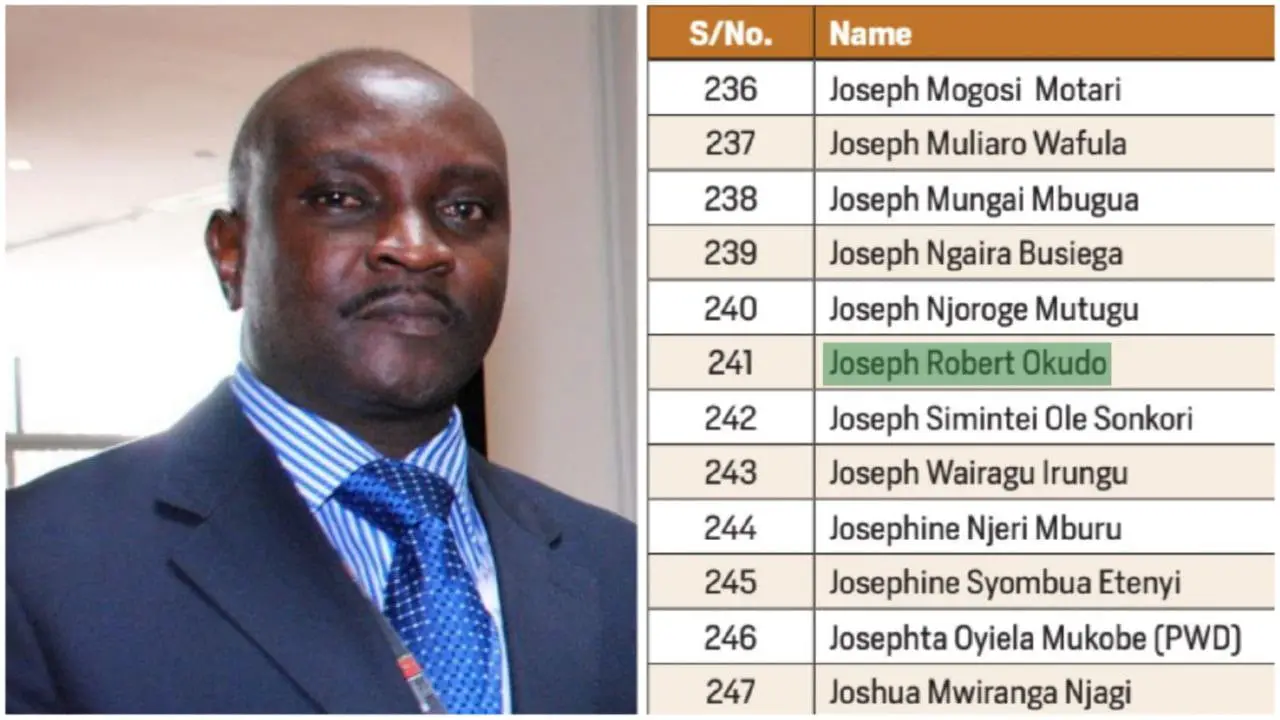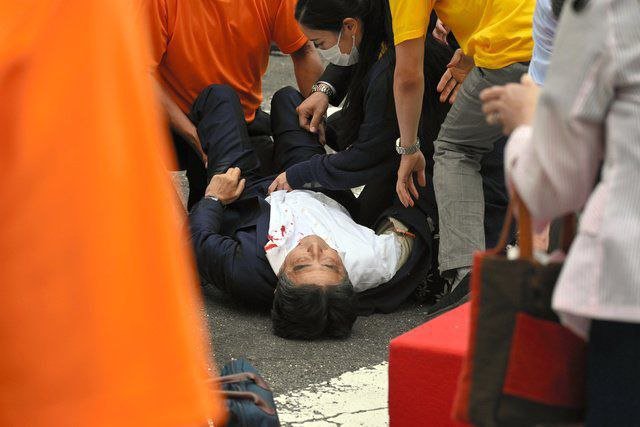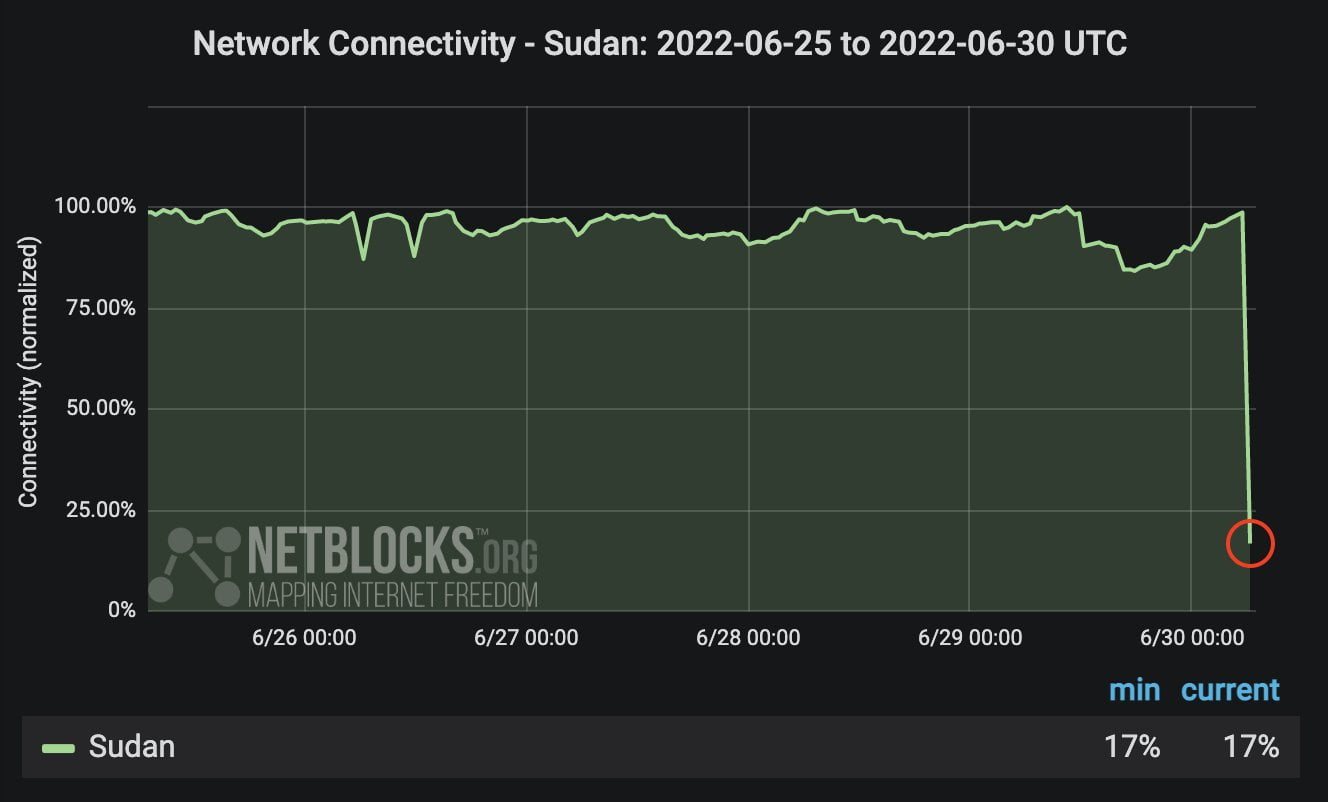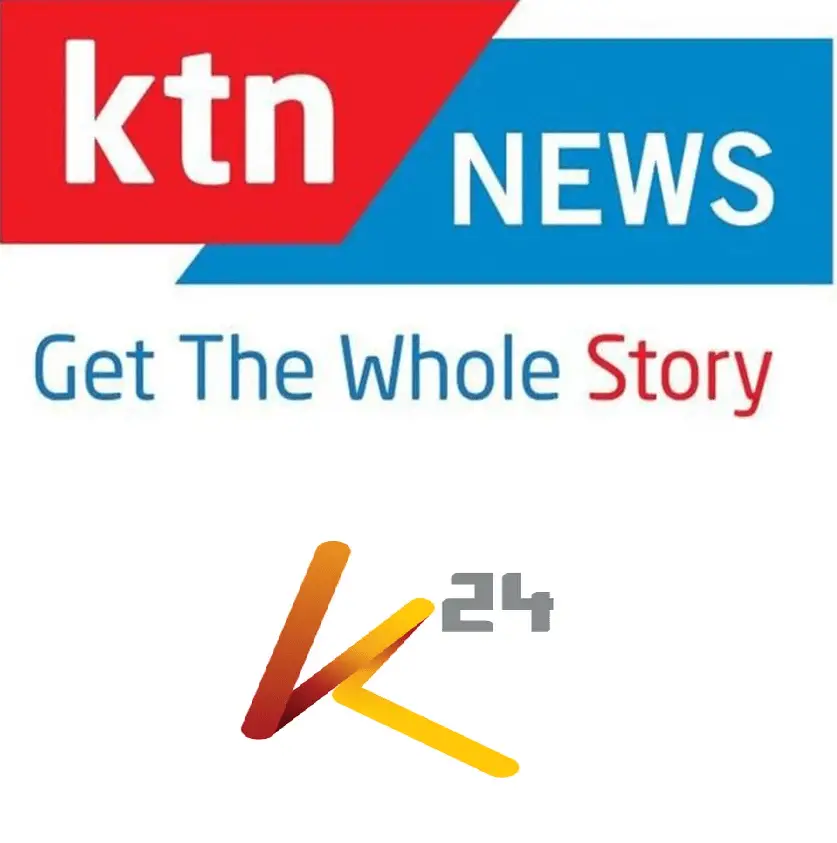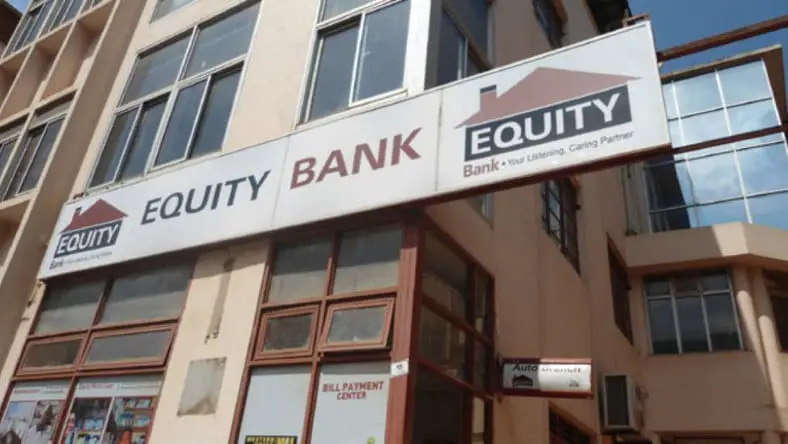Members of the County Assembly (MCAs) have had their allowances rise in the nine months to March to Sh80,177, the highest in three years.
Data from the Controller of Budget (CoB) shows that all the 2,242 MCAs took home an average of Sh80,177 in allowances every month for attending assembly meetings.
The ammount is the highest since the financial year ending June 2017 when they raked up to Sh84,875.
Ward representatives made an averagely Sh33,136 every month in the financial year endedJune 2018 and Sh76,995 in 2018 after Salaries and Remuneration Commission (SRC) reduced perks and benefits paid to state officers.
In the same year, 2018, High Court reinstated the benefits, forcing the SRC pushing the cap on sitting allowances to Sh124,800 monthly from Sh80,000.
The scrapping of the SRC’s reductions has seen MCAs’ sitting allowances keep rising even as the country struggles to contain the covid-19 pandemic.
Unnecessary allowances are causing concerns as they consume county government revenues with zero correspondence and impact on public service.
The steady rise in sitting allowances and other payments to MCAs has seen the 47 devolved units squeeze budgets meant to provide basic services such as water, health and roads.
The county assemblies spent Sh1.6 billion on MCAs’ sitting allowances which is contrary to an approved budget of Sh2.8 billion.
“Homa Bay and Tana River county assemblies reported higher expenditure on sitting allowance than the recommended monthly ceiling of Sh124,800 by the SRC,” Controller of Budget Margaret Nyakang’o said in the report.
Kakamega, Busia, Nyamira and Kisii top the list of counties paying more in allowances with each MCA raking up to Sh123,413, Sh122,348, Sh121,775 and Sh121, 487every month respectively.
MCAs in Wajir, Kajiado and Samburu MCAs received the least allowances from sittings at Sh35,945, Sh25,850 and Sh20,317 a month respectively.
Last month it was also reported that the presidency had recieved Sh 422 million for entertainment against the austerity measures to cut wastage in government expenditure.


